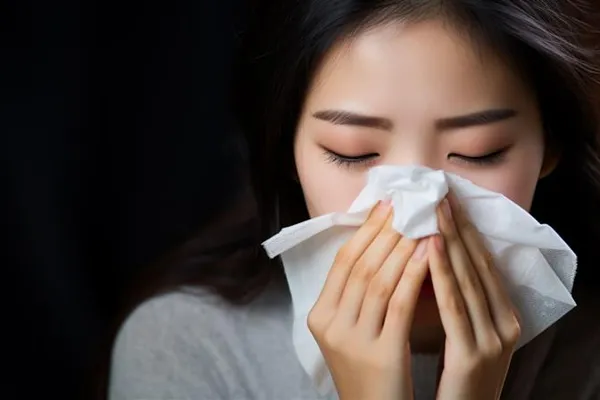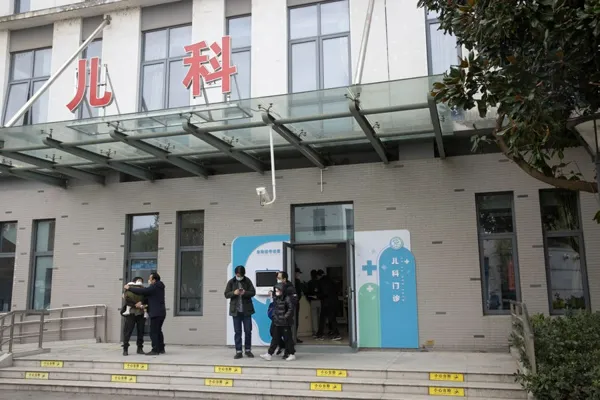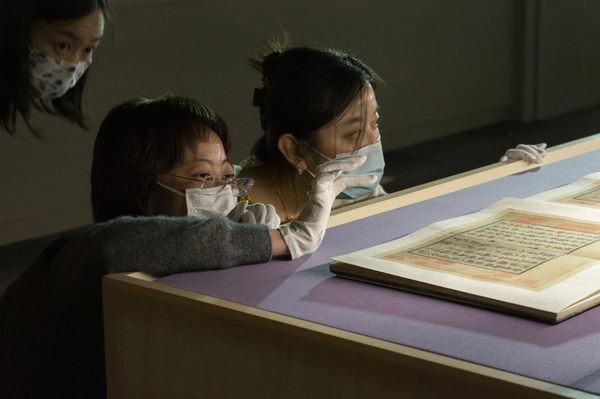How to detect and administer medicine? Chest experts clarify in 7 questions and 7 answers what to do after Mycoplasma pneumoniae infection
As temperatures across the country begin to drop significantly, respiratory diseases have entered a season of high incidence. Recently, a variety of respiratory diseases have intertwined and overlapped. Different from the more familiar influenza virus, which has clear specific drugs and vaccines, this year's Mycoplasma pneumoniae pneumonia has made the general public feel anxious because children and teenagers are susceptible. A reporter from Jiefang Daily and Shangguan News invited Zhang Hai, the attending physician of the Department of Respiratory and Critical Care Medicine of Shanghai Chest Hospital, to give an in-depth introduction on the detection and diagnosis of Mycoplasma pneumoniae pneumonia, key medication, and precautions for medical treatment.
A: Mycoplasma is a microorganism between bacteria and viruses in size. It is a common pathogen in nature, and Mycoplasma pneumoniae is one of them. An acute lung infection with mainly interstitial lesions caused by Mycoplasma pneumoniae is called mycoplasmal pneumonia.
Q: Why are there a large number of Mycoplasma pneumoniae infections this year?
A: In fact, Mycoplasma pneumoniae is one of the important causes of community-acquired pneumonia in adults in my country and is also the most common pathogen of SARS. It is not a new thing this year. It exists widely around the world, and the epidemic pattern is mostly sporadic cases. A regional epidemic will occur about 3 to 7 years, and the epidemic time can be as long as 1 year. The incidence rate in epidemic years is several times that in non-epidemic years. 2023 will be A popular year.
Judging from the epidemic time, the infection occurs throughout the year, with most cases occurring in winter in northern my country and in summer and autumn in southern China. Recently, taking Shanghai as an example, the spread of Mycoplasma pneumoniae has dropped slightly compared to before. Epidemic infections can occur in communities, families, or gatherings of people, and outbreaks often occur in relatively closed groups such as schools and child care institutions.
Mycoplasma pneumoniae is spread through droplets and direct contact. The incubation period is about 2 to 3 weeks. It is contagious during the incubation period until several weeks after symptoms subside. It can occur at any age, and is most common in children, young adults, and patients without underlying diseases.
Q: What drugs can be used to treat Mycoplasma pneumoniae pneumonia?
A: The main clinical treatment drugs are macrolide antibiotics, including azithromycin, erythromycin, clarithromycin, etc. Since Mycoplasma pneumoniae pneumonia is self-limiting, early use of appropriate antibiotics can alleviate symptoms and shorten the course of treatment. The usual course of treatment is 10 to 14 days, and may be extended to 3 weeks in refractory cases. It is not appropriate to use complete absorption of the lung shadow as an indication for discontinuation of treatment.
However, adult Mycoplasma pneumoniae in my country is characterized by a high resistance rate to macrolide drugs. If macrolide drug resistance occurs, children over 8 years old can use tetracyclines, such as doxycycline, minocycline, omamacycline, etc.; adult patients can use respiratory quinolones, such as levofloxacin, etc. .
Q: Can Mycoplasma pneumoniae infection be prevented?
A: Wearing a mask can prevent infection to a certain extent. The recent epidemic is at a peak period, so you should avoid going to densely populated closed public places. Ventilation should be carried out frequently at home, in classrooms, in child care institutions, and in nursing homes. Citizens can exercise more to improve their immunity, and pay attention to a high-nutrition, high-protein diet and balanced nutrition every day. In addition, young adults should pay special attention to rest and not stay up late.
Q: Will all people infected with Mycoplasma pneumoniae develop pneumonia? What are the main clinical symptoms?
A: The main symptoms of Mycoplasma pneumoniae infection are fever and cough, which may also be accompanied by headache, runny nose, sore throat, and earache. Mild cases may have no obvious symptoms or only upper respiratory tract symptoms; severe cases may show pneumonia, lung consolidation, pleural effusion, etc.
Q: Recently, multiple viruses have spread together. If you have a fever and cough, how can you tell whether you are infected with Mycoplasma pneumoniae? What tests can be done to make sure?
A: First, serology-specific antibody IgG and IgM detection can be performed. Generally speaking, IgM rises within a week after infection, reaches a peak at 2 to 3 weeks, begins to decline at 4 weeks, and reaches a minimum after 2 to 3 months. It can be used to judge whether there is a recent infection, but the detection rate in children is low; IgG is generally It appears in 2 weeks, reaches the peak in 5 weeks, and is maintained for a long time. It can be used for flow control. It is a retrospective diagnosis and can determine whether there was previous infection.
Second, laboratory isolation and culture. This is a more reliable test standard, but due to the long routine culture time, low detection rate, and high technical requirements, it is of little significance for early diagnosis.
Third, nucleic acid diagnosis. Mycoplasma pneumoniae detection methods based on nucleic acid technology, such as fluorescence quantitative PCR, loop-mediated isothermal amplification and real-time fluorescence isothermal amplification technology, are suitable for rapid diagnosis after infection. In symptomatic patients, the use of nucleic acid diagnostics combined with serological testing may currently be the best method to diagnose M. pneumoniae infection.
Q: Recently, there has been a peak in visits to medical institutions. I have been to the hospital many times and I am worried about cross-infection. What situations require prompt medical treatment?
A: Parents need to be highly vigilant if they find that their child has any of the following conditions: First, the child has a fever that lasts for 3 days, and the temperature does not improve or the condition relapses; second, the child has an obvious cough, increased respiratory rate, or is accompanied by If you have wheezing, dyspnea, cyanosis, headache, nausea, vomiting, diarrhea, rash, poor energy, convulsions, etc., you should seek medical treatment in time.




